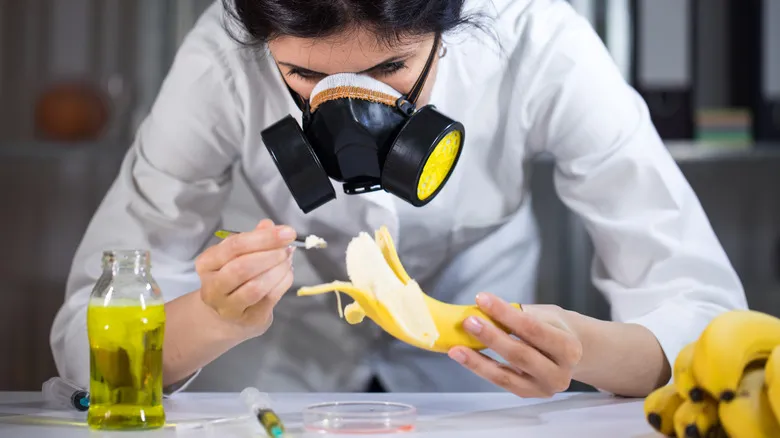Why can't we have a more complex artificial banana flavor?
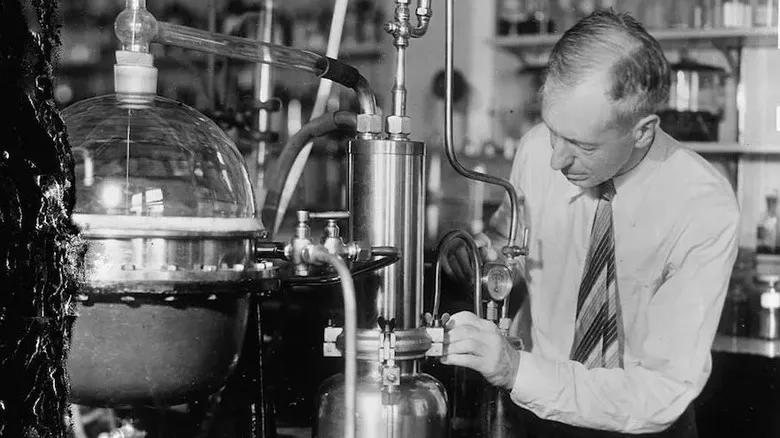
This prompts an intriguing question: If we understand that a more authentic fruit flavor requires a blend of various compounds, why is isoamyl acetate typically used alone to mimic banana flavor? Why not incorporate additional compounds to add depth and complexity?
One reason lies in the simplicity and cost-effectiveness of using a single compound. Moreover, it seems that there hasn't been a significant push to develop artificial banana flavor in a different manner; otherwise, it likely would have happened by now. Additionally, tradition plays a role. Isoamyl acetate was among the first molecules synthesized for artificial flavoring, and its potent, fruity banana aroma led early chemists to conclude that if one compound could closely resemble banana flavor, it was sufficient.
In fact, artificial banana flavoring was utilized in candies and baked goods in the U.S. for at least a decade before real bananas were introduced to Americans at the 1876 Philadelphia Centennial.
Sealed by nature in a portable package
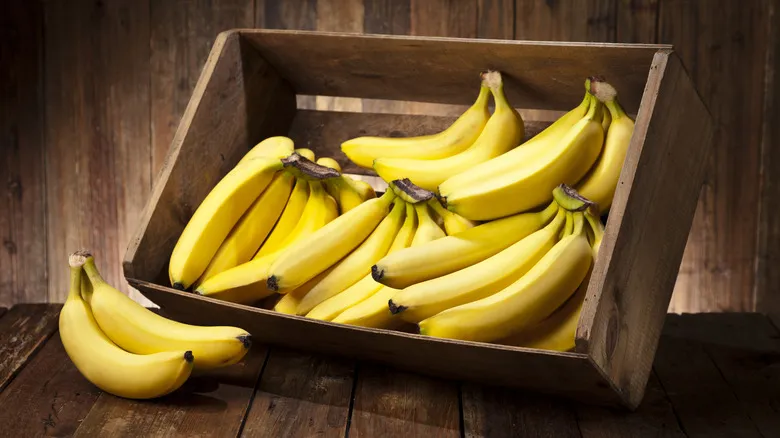
The first banana that became widely accessible to consumers in the U.S. was the Gros Michel variety, often called the "Big Mike." This variety set the benchmark for bananas due to its durability and ease of shipping compared to others. However, in the 1950s, crops were devastated by a fungus known as Fusarium oxysporum, leading to the Cavendish variety replacing it in grocery stores.
There’s a commonly told tale suggesting that the reason artificial banana flavor seems off is that it was modeled after the Gros Michel banana, while our taste buds are accustomed to the Cavendish. However, this narrative overlooks the fact that the isoamyl acetate used to produce artificial banana flavor today is derived from contemporary bananas (or other ripening fruits) or synthesized in a laboratory. A more authentic banana flavor could potentially be achieved if chemists explored the combination of various flavor compounds.
Recommended

Stop Banana Slices From Browning With A Quick Citrus Hack
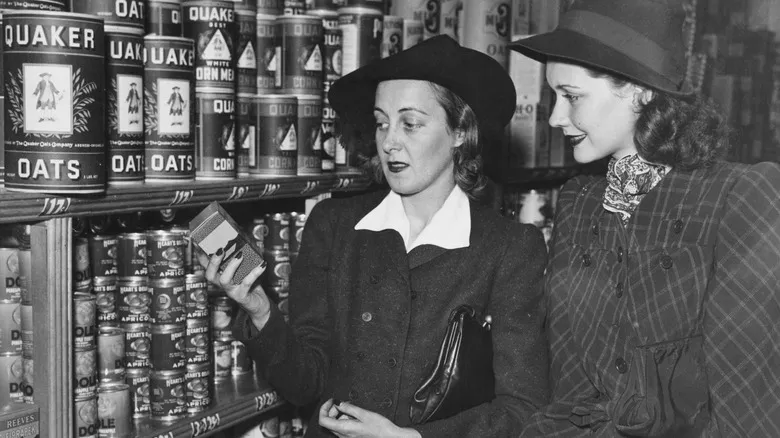
The First Cereal Mascot Was Surprisingly Boring Compared To Its Colorful Successors
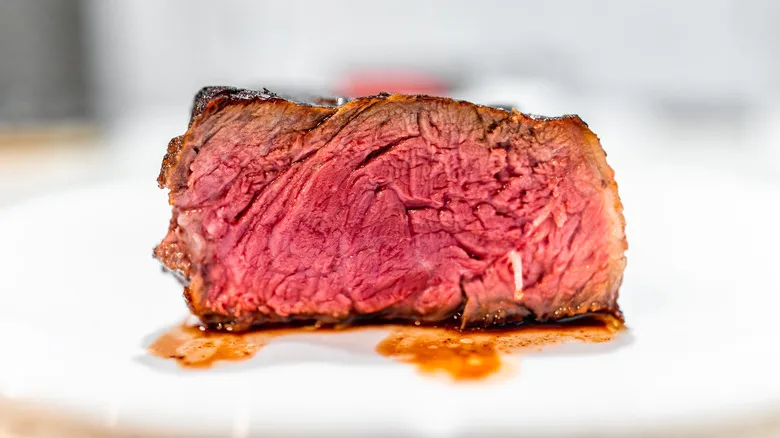
What Makes Steak Juices Red, If Not Blood?
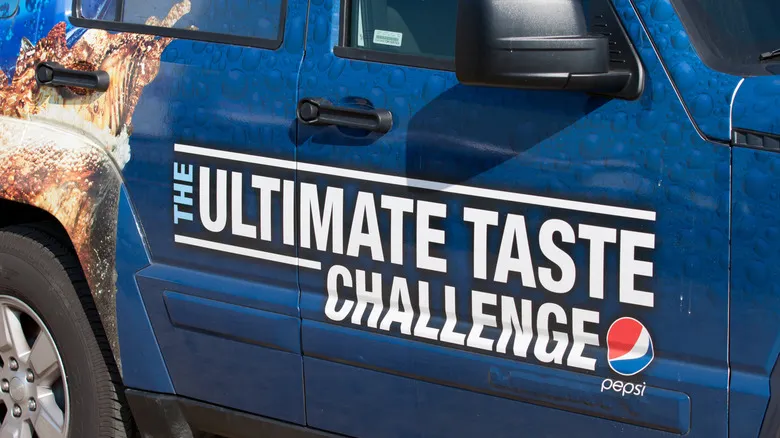
Pepsi Is Bringing Back Its Legendary Pepsi Challenge To Kick Off Super Bowl Weekend
Next up

